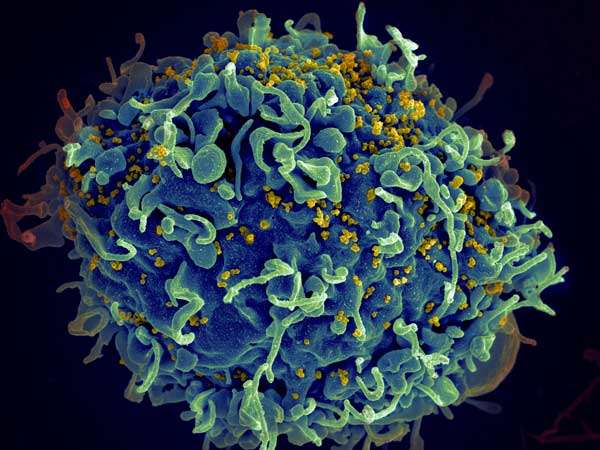Innovative Approach to Dopamine Disorders by Targeting Kappa Opioid Receptors

New research suggests that blocking kappa opioid receptors may offer a safer, effective approach to treating dopamine-related neuropsychiatric disorders by normalizing dopamine transporter function and reducing behavioral deficits.
Dopamine is a crucial neurotransmitter involved in numerous brain functions, including movement, mood regulation, motivation, attention, and memory. Its signaling process is tightly controlled by various mechanisms, primarily through specialized proteins called transporters that remove dopamine from synapses to limit its effects. Disruptions in dopamine signaling are linked to several neuropsychiatric conditions like ADHD, schizophrenia, bipolar disorder, autism spectrum disorder, substance use disorder, and addiction.
Current treatments often involve medications that either boost or block dopamine activity, such as stimulants used in ADHD. However, these drugs can have significant side effects or lead to dependency. Therefore, scientists have been seeking safer, more targeted methods to modulate dopamine in the brain.
Recently, a study published in the journal Molecular Psychiatry from researchers at Florida Atlantic University and collaborators has shed light on a promising new approach. They focus on a specific type of opioid receptor known as the kappa opioid receptor (KOR), which plays a unique role in regulating dopamine levels.
Opioids are more commonly recognized for their pain-relieving properties and potential for addiction, primarily by increasing dopamine signaling, which results in pleasurable sensations. Different opioid receptors exist in the brain, each with distinct functions. The KOR subtype, when activated, can suppress dopamine release by decreasing the activity of dopamine transporters and increasing dopamine reuptake, thereby reducing dopamine signals.
The researchers investigated whether blocking KOR could be beneficial. Interestingly, their approach was to use a drug that inhibits KOR rather than activates it. The question was: would KOR inhibition lead to increased dopamine and potential addiction risk?
Randy D. Blakely, Ph.D., the senior author, explained that the effect depends on the underlying dopamine imbalance in different disorders. In cases where a genetic mutation such as DAT Val559 causes the dopamine transporter to leak dopamine into the synapse—an abnormal condition—it leads to a persistent, low-level leak rather than a sharp dopamine surge. This leak hampers normal signaling, contributing to issues like ADHD, autism, and bipolar disorder.
By blocking KOR, the study demonstrated that they could normalize dopamine transporter behavior in mice carrying the mutation. The treatment reduced the leak of dopamine and restored normal cognitive and behavioral functions. This approach effectively corrected the deficits caused by the mutation, without causing excessive dopamine release that might induce euphoria or addiction.
The implications are significant. While the DAT Val559 mutation is rare, it provides insights into broader mechanisms regulating dopamine. Many disorders involve dysregulation of dopamine pathways, and KOR antagonists could offer a new therapeutic avenue. However, the context is essential because blocking KOR may have opposite effects if dopamine regulation is not compromised.
The study's findings also indicated that in normal mice, KOR blockers did not produce adverse behavioral effects, suggesting a favorable safety profile. The potential for KOR antagonists to treat various dopamine-related disorders is promising, especially since they may address some limitations of current treatments.
Further research is needed to understand how these findings translate to humans, but the possibility of more precise, safer treatment options for neuropsychiatric conditions affected by dopamine dysregulation is an exciting development in neuroscience.
Stay Updated with Mia's Feed
Get the latest health & wellness insights delivered straight to your inbox.
Related Articles
Are Hot Drinks a Risk Factor for Cancer? Insights from a Gut Health Expert
Recent research highlights the potential cancer risks associated with consuming very hot beverages. Learn how temperature and consumption habits can impact your health and what safety tips can help minimize risks.
Innovative Hospital Bed by Agiliti Advances Patient Care with $35 Million Investment
Agiliti has invested over $35 million to develop the Essentia, a next-generation hospital bed designed to enhance patient comfort and ease caregiver workload, supporting modern healthcare needs.
Monthly Oral Pill Shows Promise as Long-Acting HIV Prevention Drug Candidate
A new long-acting monthly oral medication shows promise as an effective pre-exposure prophylaxis option for HIV, potentially improving adherence and accessibility globally.



